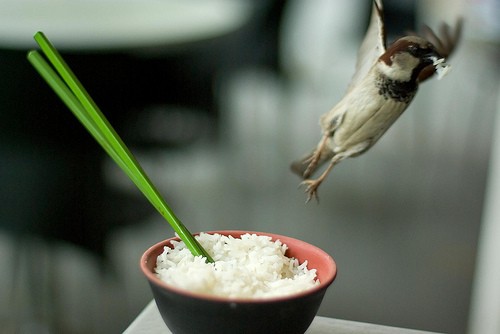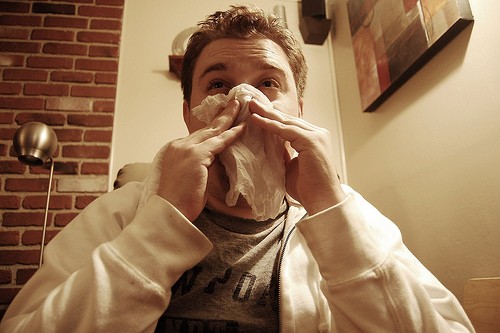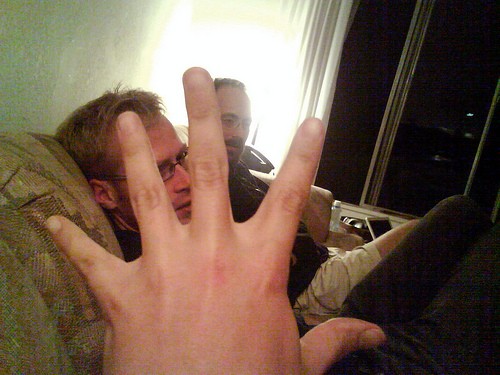
Eating in restaurants where the common language is not English can be hard enough: having to figure out what the food is, then comprehension difficulties with the waitstaff, and the background noise being hugely distracting. As if that weren't bad enough, it's easy to cause offense because a different set of cultural norms may be in effect. Here are five common and easily-avoided cultural restaurant faux pas. Learn them; commit them to memory; go and sin no more.
]

1. Volume does not encourage comprehension: If you're in a
restaurant and the staff don't really speak English, it doesn't mean
you need to try again in English, only louder. If you truly are stuck
and gestures and pictures aren't working, see if you can attract a
translator to help, or simplify your speech. Sounding like you're
shouting isn't going to get you any closer to what you want. And if
you're about to reply with some neo-conservative English-only rant,
save it: I don't care.
2. Chopsticks do not get left in dishes: There are a number of
Asian superstitions that can trip up the newbie to the food of the Far
East (flipping fish to get to the meat on the other side of the spine,
for example, is a big no-no), but the single biggest mistake is leaving
chopsticks in a dish, particularly a rice bowl. It looks like incense
sticks sticking out of a rice bowl honoring a dead person–the
equivalent of using a funeral urn as a wine decanter. Lay your
chopsticks to the side (on a rest, if you have one) or across the bowl.

3. Snot and Japanese food do not mix: While slurping your soba
noodles is well-known to be a compliment to the chef and a total breach
of etiquette in the West, the simple act of blowing your nose will put
Japanese dining companions right off their sukiyaki and cause a round
of tight-lipped not-a-smiles. The Japanese consider nose-blowing a
function only done in private, like farting in America. Excuse yourself
to the restroom if you need to expel some brain lubricant, and wash
your hands afterwards.
4. Waiters are not your children: Many things divide us French speakers (you should see people roll their eyes at my first mention of septante), but few
things in a French restaurant grate on our nerves more than some
bloviating hot shot deciding to show off his fluent command of our
language. “Garçon,” he intones, “more vin, sill voose plate.” I'm sad
to say that this happens at least once every time I eat in a French
restaurant. Garçon means “boy”. You might as well snap your fingers in
his face. Call the waiter “garçon” and that decanted
$100 Châteaunneuf-du-Pape is going to be Château Craché Dedans. If you need
to summon your waiter in French, a polite, “Pardon, monsieur,” is the
way to go–and s'il vous plaît is pronounced approximately “see voo
pleh”.

5. Watch the orders of five anything: “How much baklava you
want?” asks the waiter at the taverna, and you hold up five fingers.
Suddenly, the pad is on the floor and the cook is out at the table and
shouting angrily in Greek. What happened? The act of pushing your palm
with fingers splayed is called the moutza (μούντζα) and is the Greek
gesture for rubbing excrement in someone's face. If you'd like to order
five of something, make sure you face your palm toward you so as not to
give them the equivalent of the one-finger salute.


One Reply to “Five Cultural Faux Pas To Avoid”